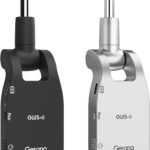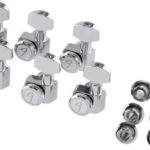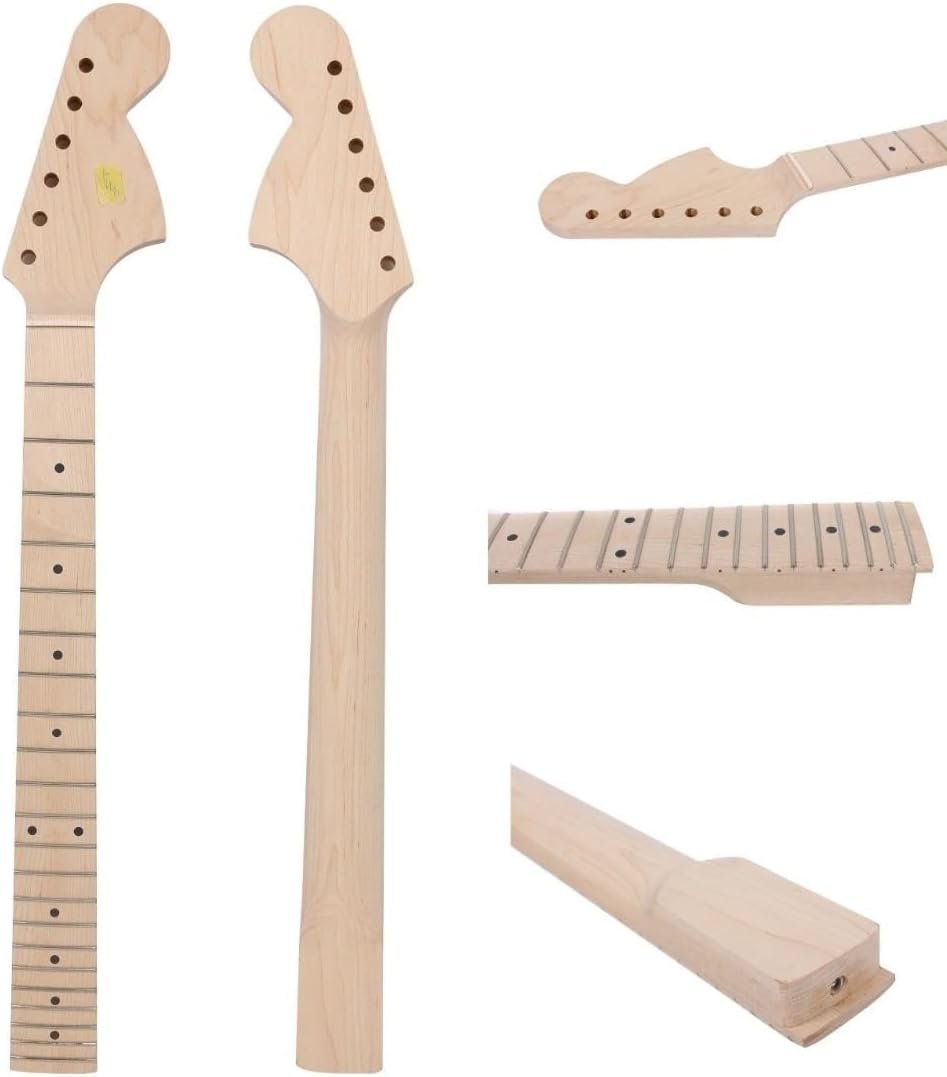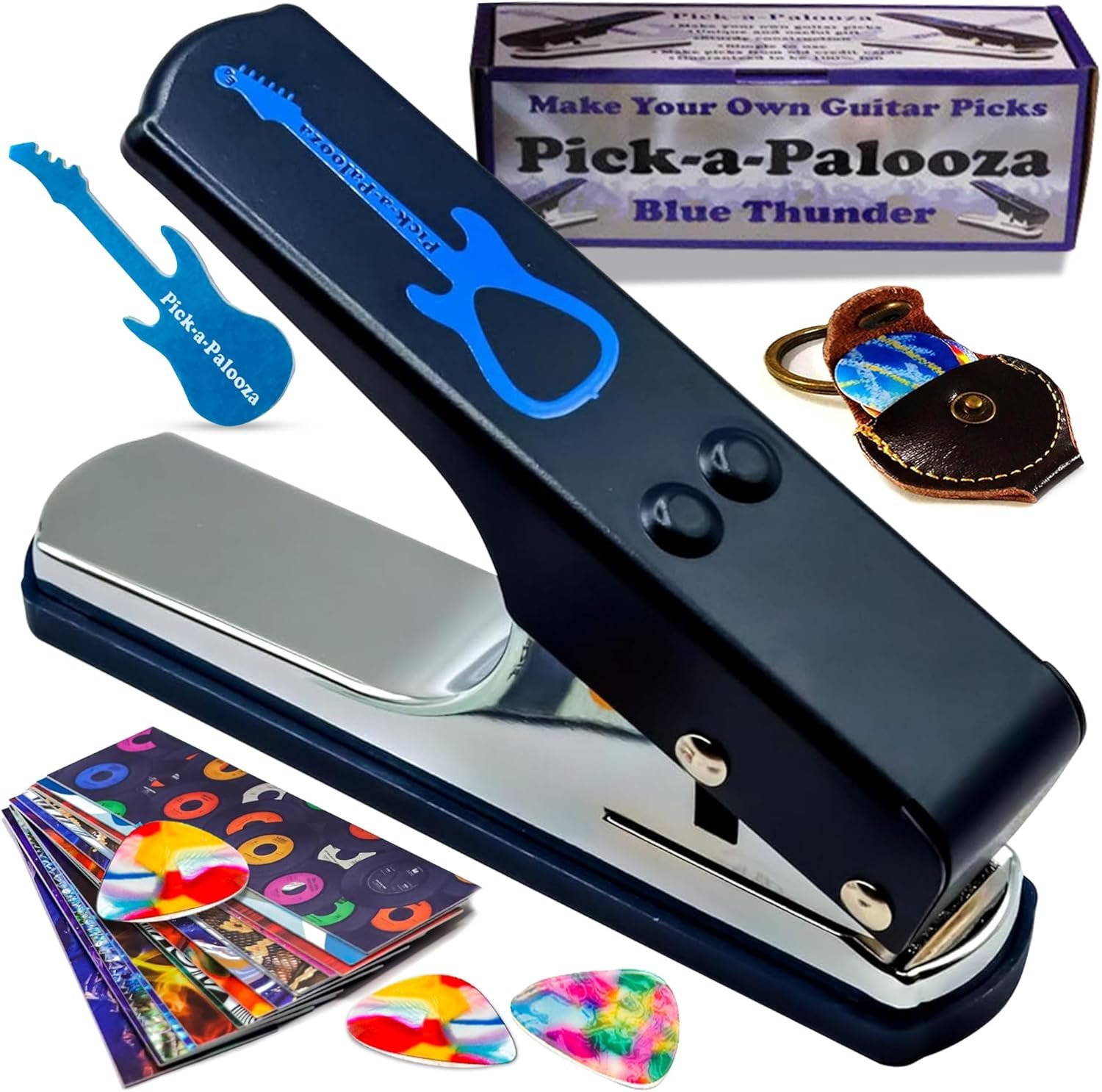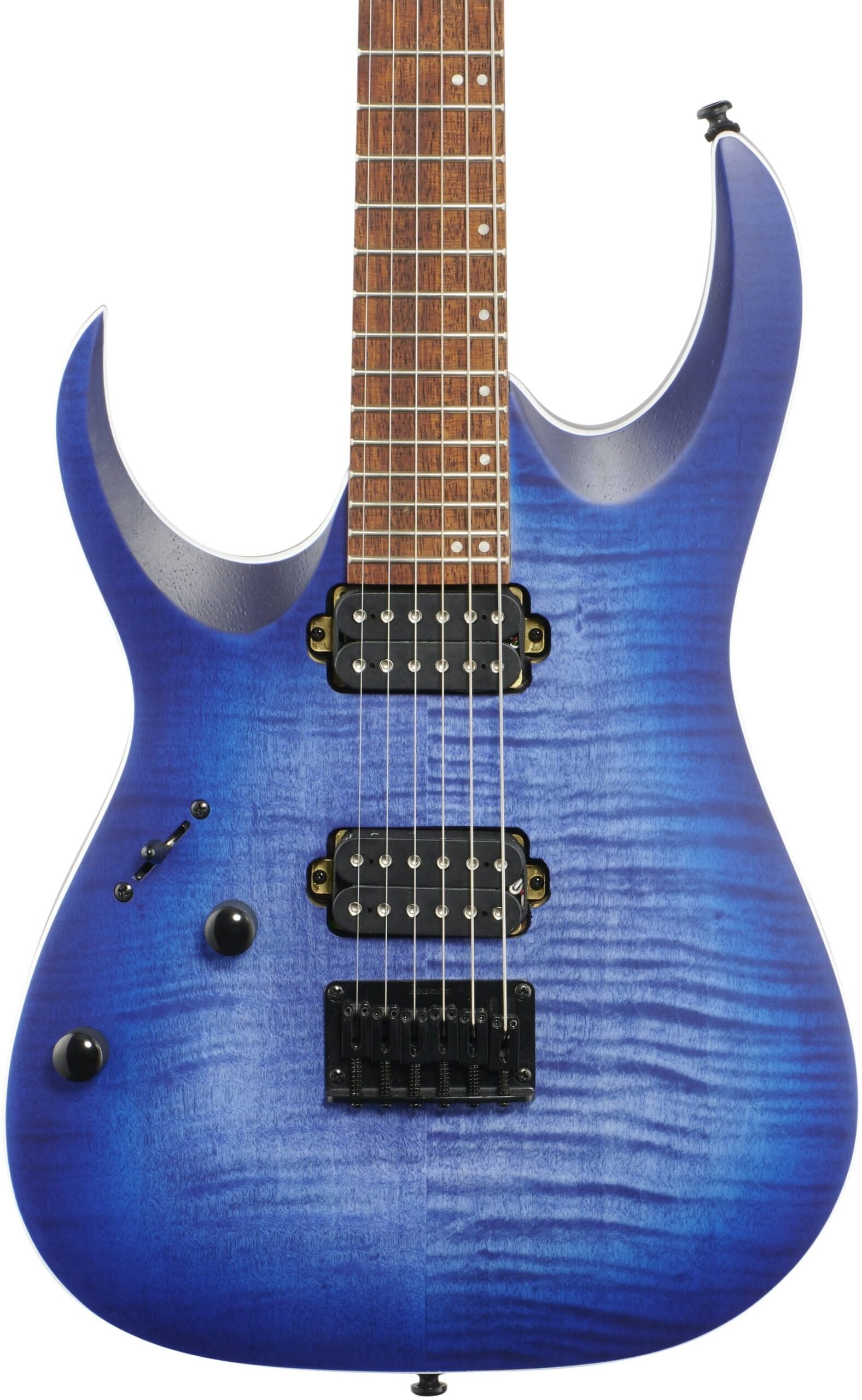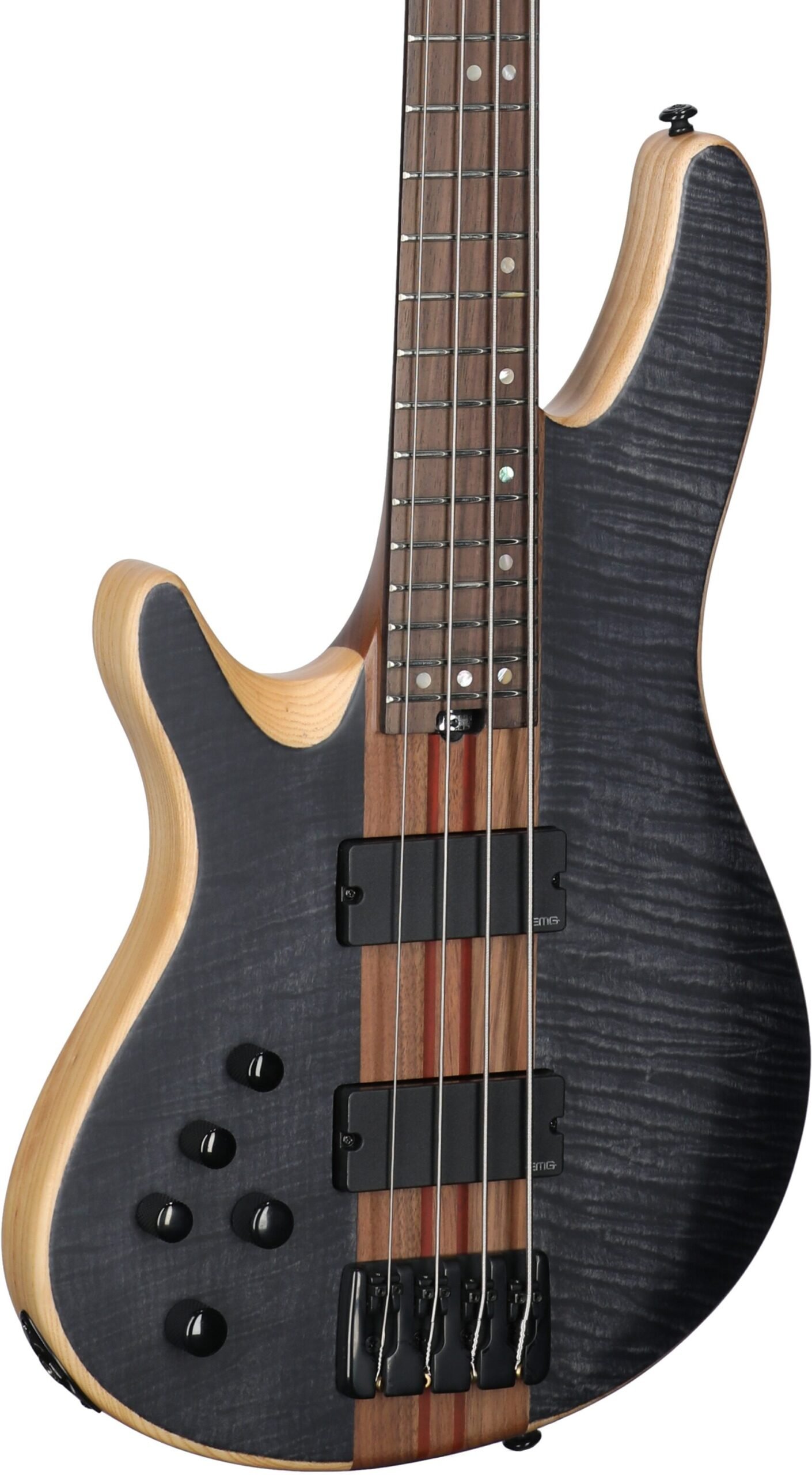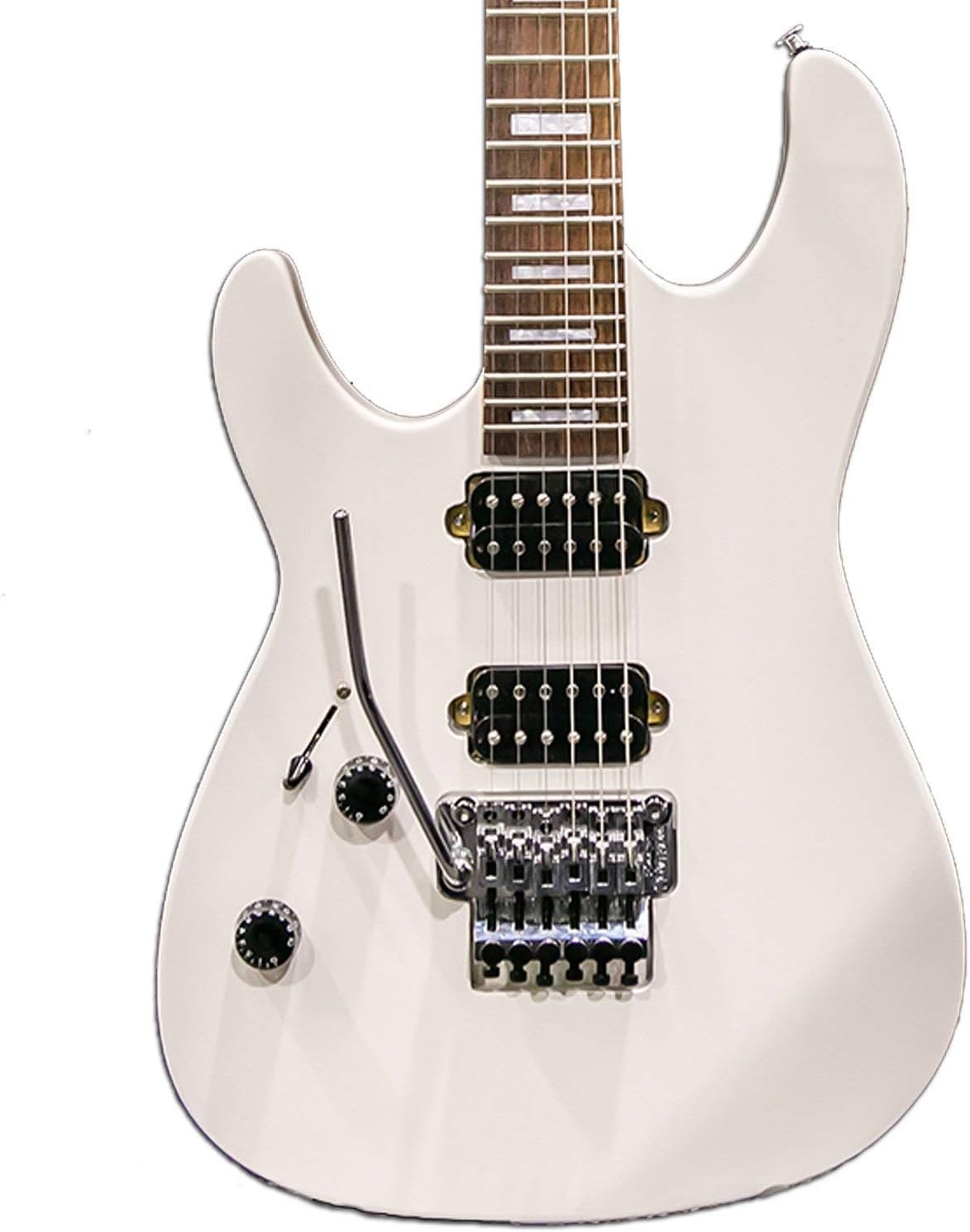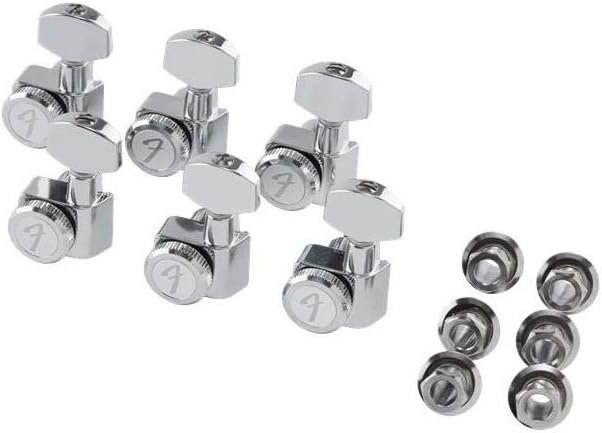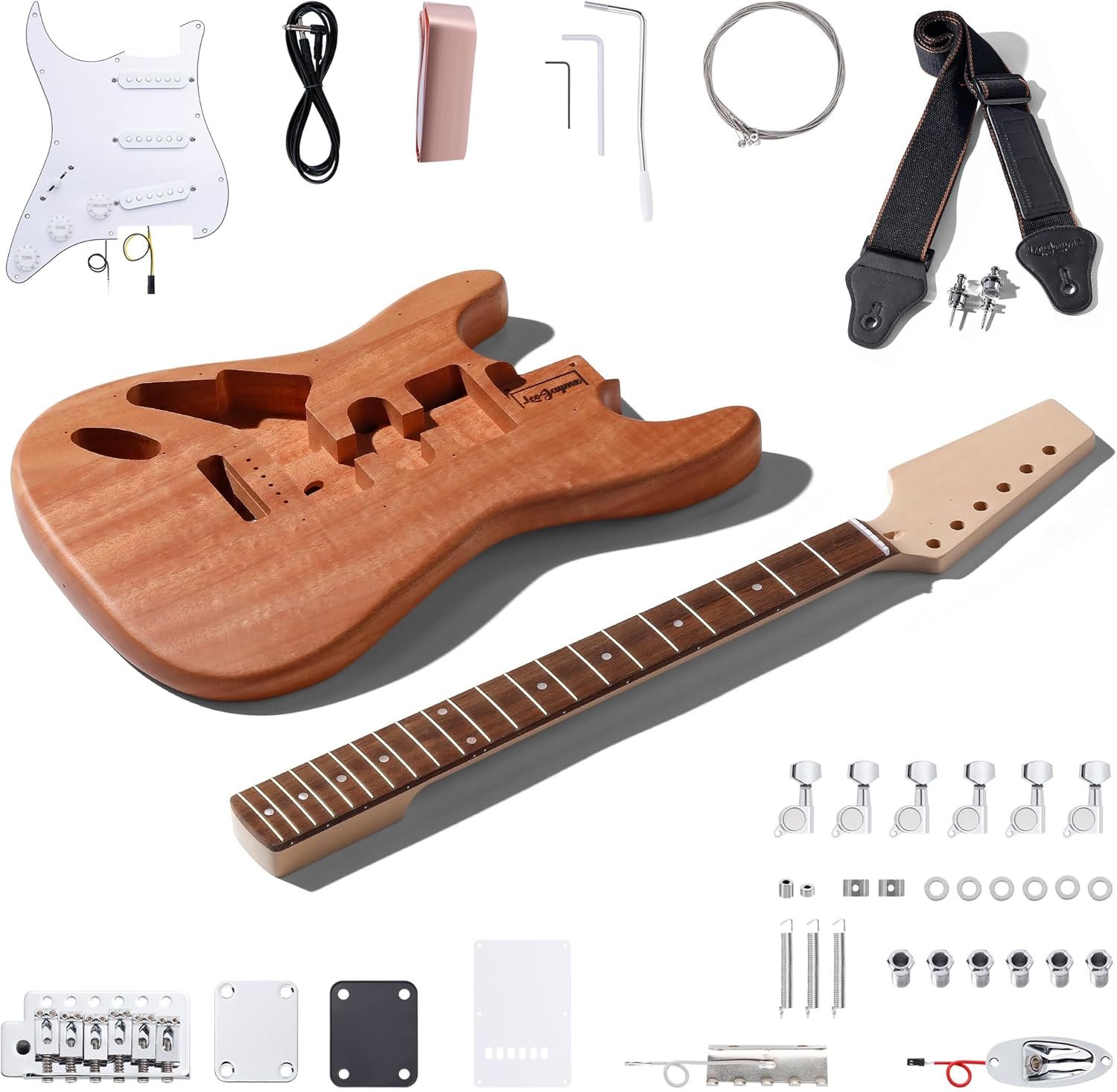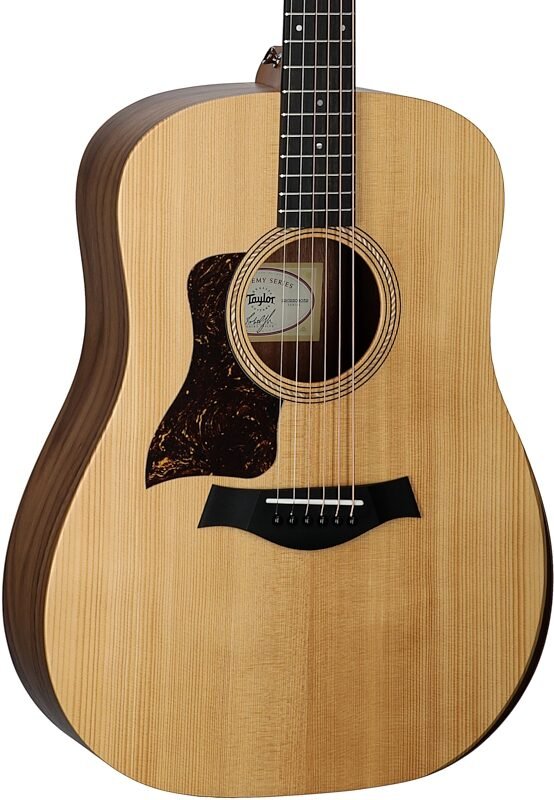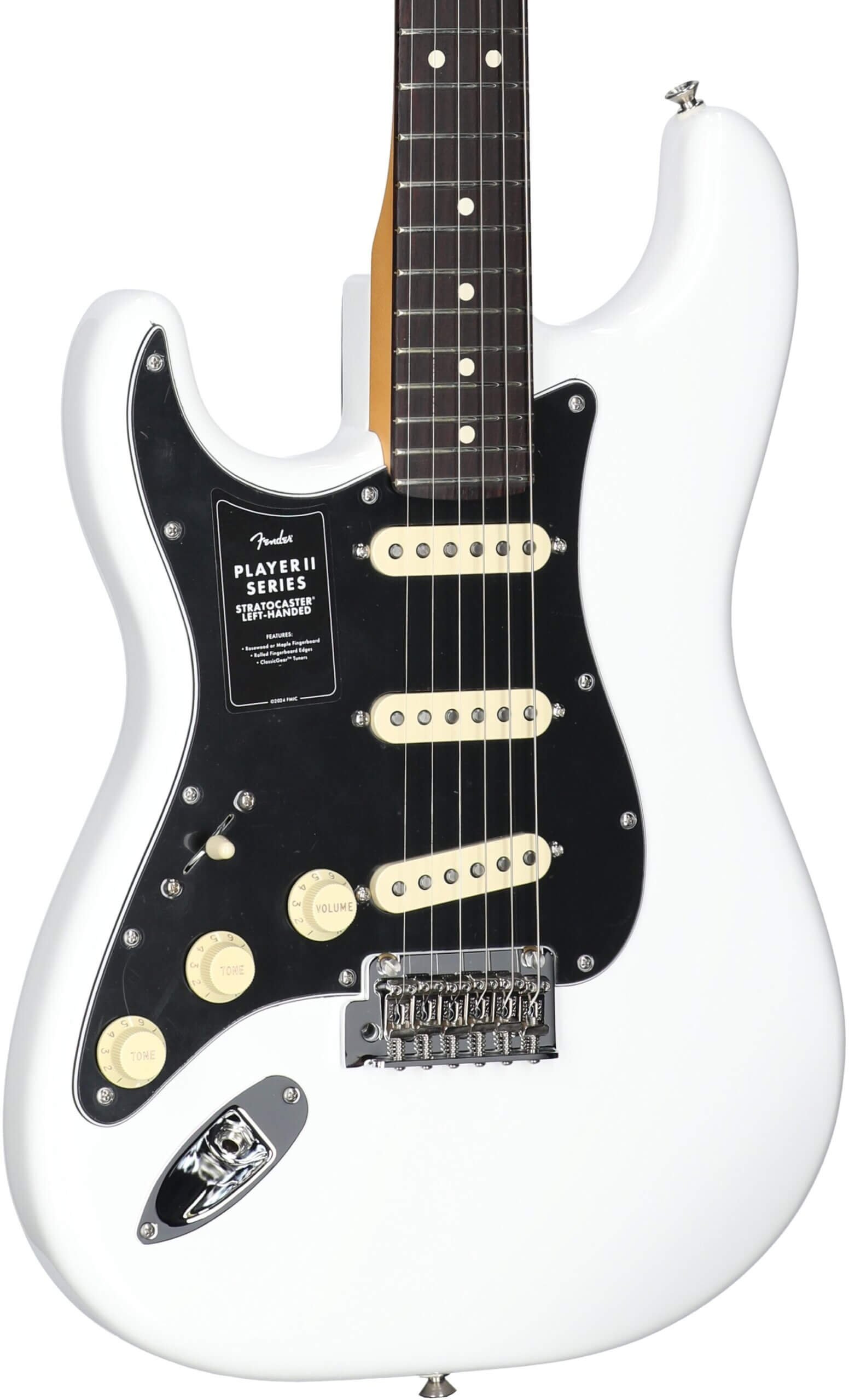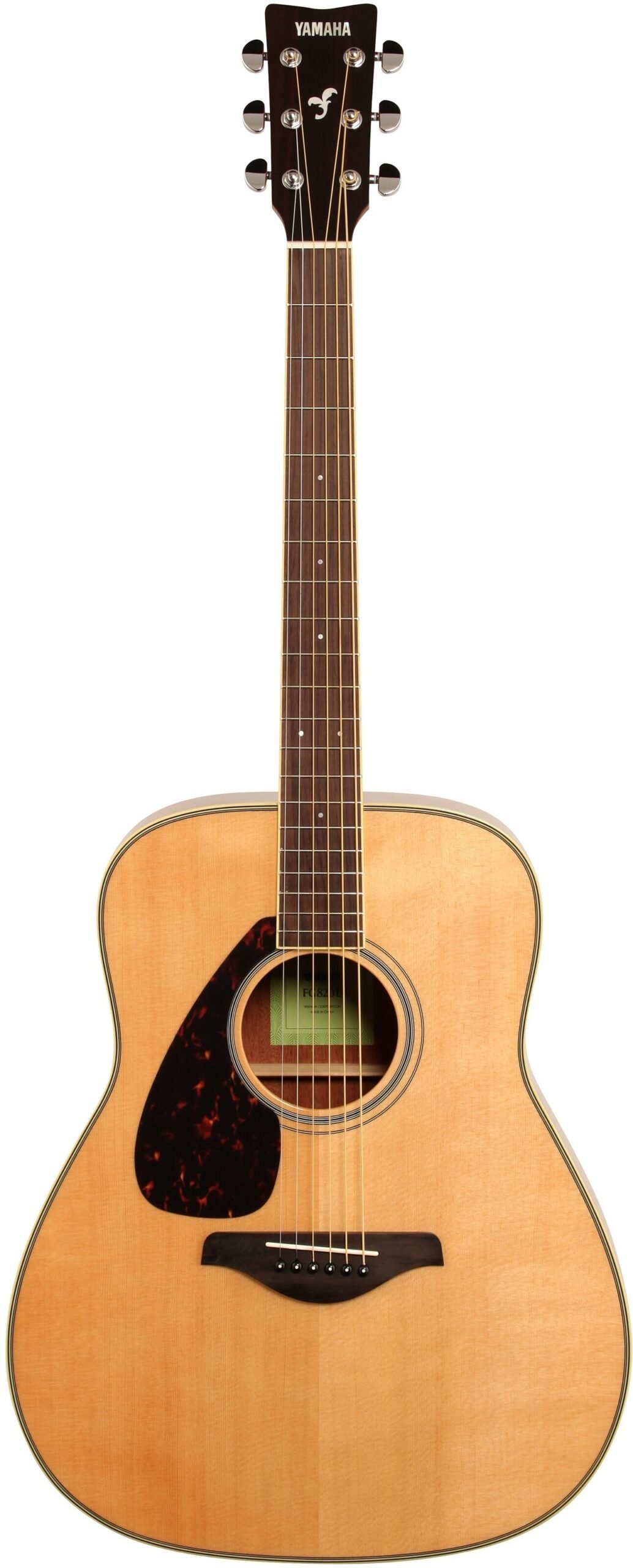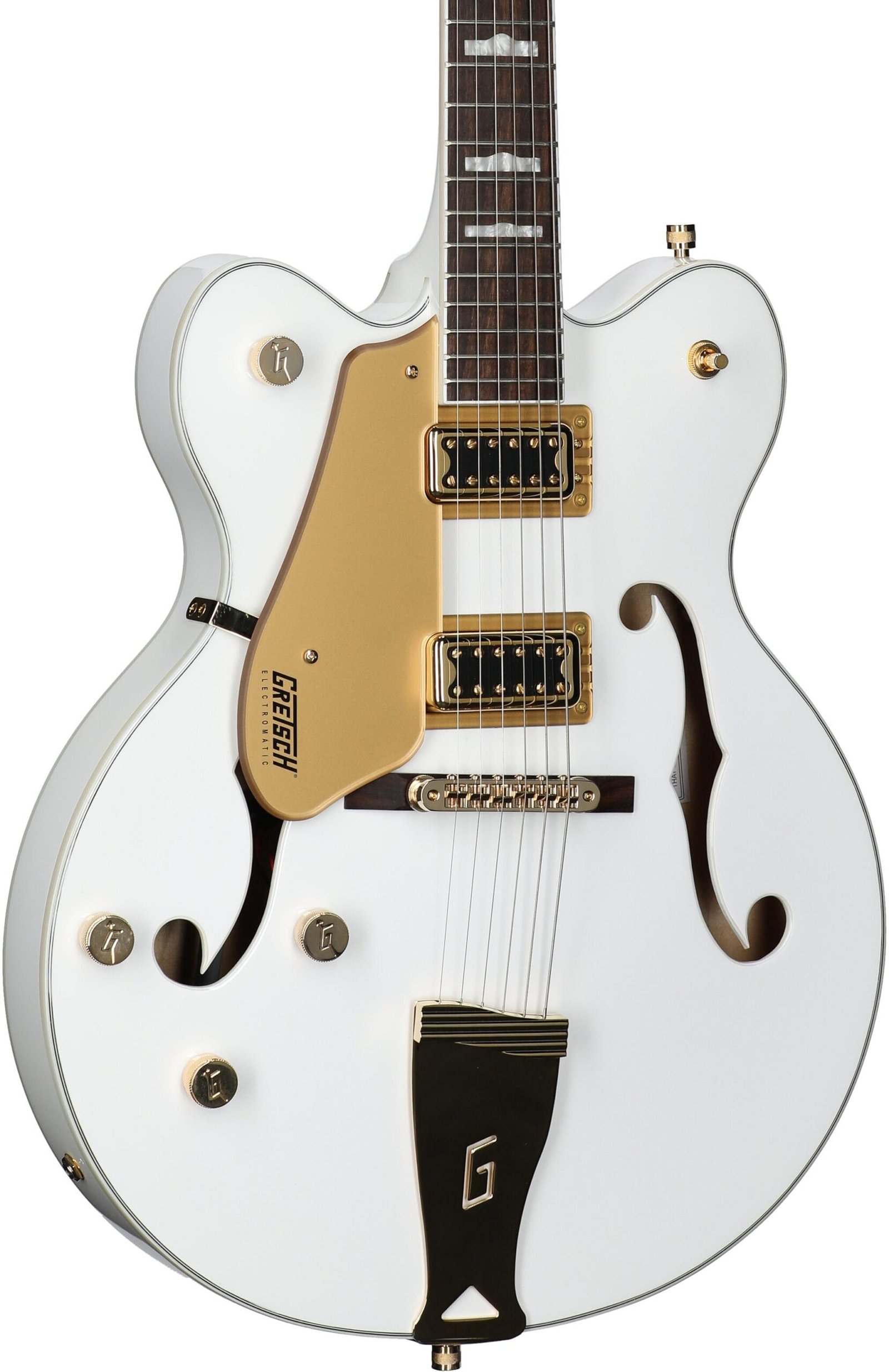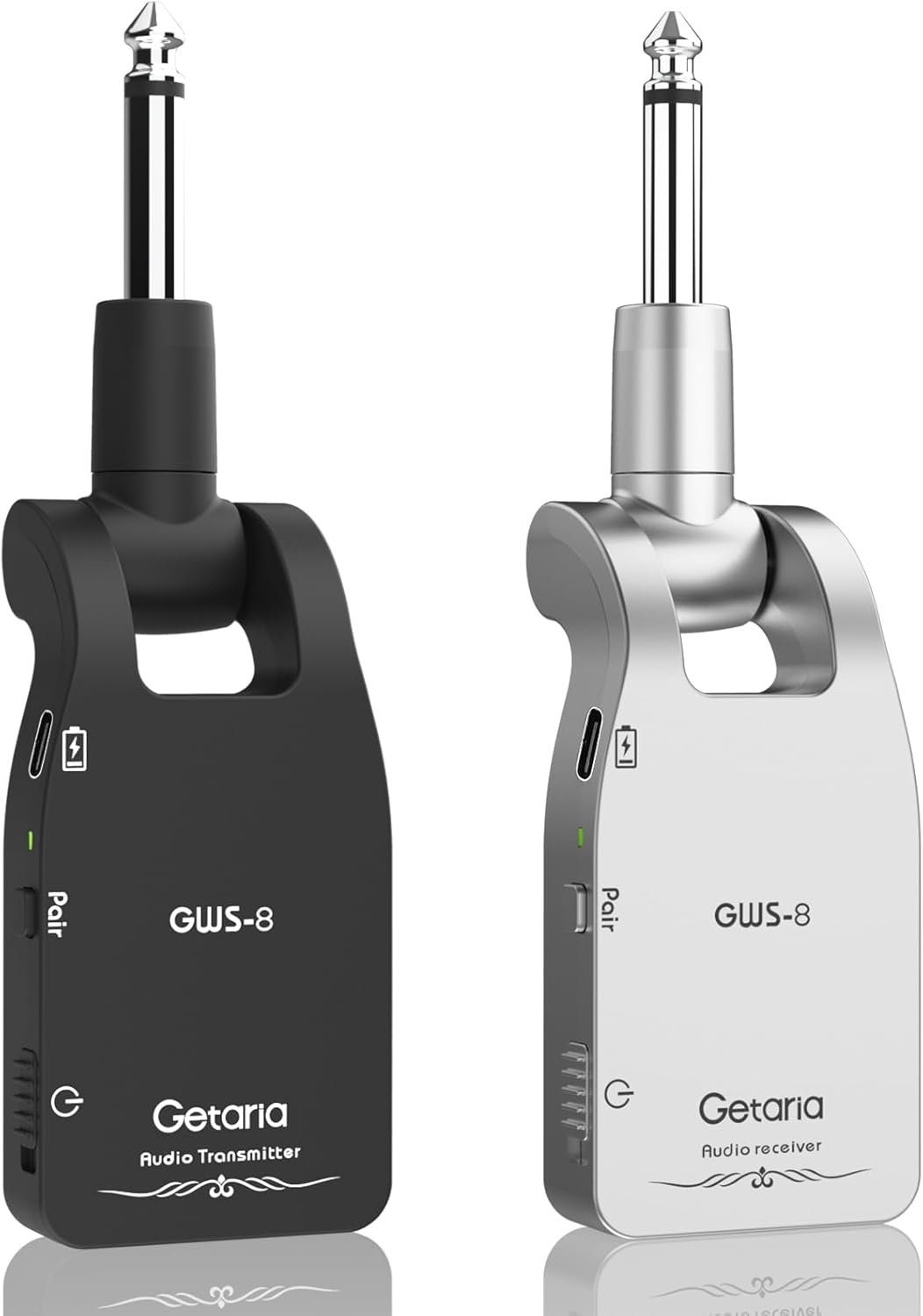Introduction to Left-Handed Ukuleles
The ukulele, a small yet versatile string instrument originating from Hawaii, has captivated musicians around the world. For left-handed players, however, choosing the right type of ukulele can be pivotal to their musical journey. A left-handed ukulele is specifically designed to cater to the needs of left-handed players, allowing them to hold and play the instrument comfortably and effectively. This instrument is typically strung in reverse order compared to standard ukuleles, accommodating left-handed guitarists and other strings players.
The significance of using a left-handed ukulele extends beyond mere comfort. When left-handed players opt for a right-handed instrument, they may face considerable challenges, such as difficulty reaching certain chords or struggling with finger placement. These issues can lead to frustration and hinder a player’s development. Therefore, it is essential for left-handed musicians to consider utilizing a ukulele designed specifically for their playing style, enabling them to harness their full potential and enjoy their musical expression to the fullest.
One of the main differences between left-handed and standard ukuleles lies in their construction and string orientation. While most ukuleles are designed for right-handed players, left-handed variants reverse the string layout, ensuring that left-handers can strum and fret the instrument intuitively. This adjustment is crucial for a seamless learning experience and promotes a natural playing technique. Additionally, left-handed ukuleles often feature mirrored designs of their right-handed counterparts, which can enhance the aesthetic appeal for left-handed musicians.
In summary, understanding the role and significance of the left-handed ukulele is vital for any left-handed player. By choosing a ukulele tailored to their needs, musicians can enjoy an enhanced playing experience, making their musical journey more enjoyable and productive.
Benefits of Playing the Aklot Concert Ukulele
The Aklot Concert Ukulele stands out as a remarkable choice for left-handed players seeking an instrument that offers both exceptional construction quality and impressive sound performance. One of the primary advantages of this ukulele is its solid mahogany construction, known for its ability to produce rich, warm tones. This material not only enhances the overall acoustic quality but also contributes to the durability of the instrument, making it a reliable choice for musicians of varying skill levels. For left-handed players, the Aklot ukulele is particularly accommodating, ensuring comfortable playability while delivering excellent tonal output.
Another benefit of the Aklot Concert Ukulele is its size and design. The concert shape is larger than the soprano ukulele, which allows for a broader tonal range and enhanced volume. This aspect is especially important for left-handed players who may find they prefer the deeper sound that a concert ukulele provides. Additionally, the ergonomic design caters to the natural posture of left-handed musicians, ensuring that playing remains enjoyable and pain-free. The instrument’s well-crafted frets and smooth fingerboard facilitate fluid movement across the strings, allowing beginners and seasoned players alike to express themselves effortlessly.
Furthermore, the Aklot ukulele features high-quality strings that further elevate its sound quality. These strings enhance the resonance of the solid mahogany body, producing a bright and vibrant sound that is pleasing to the ear. Whether playing solo or in a group setting, left-handed musicians can rely on the Aklot Concert Ukulele to deliver clear notes and harmonious chords. In conclusion, choosing the Aklot concert ukulele provides left-handed players with not only a beautiful instrument but also an exceptional playing experience characterized by rich tonal quality, durability, and user-friendly design.
Features of the Aklot Ukulele Beginner Kit
The Aklot Ukulele Beginner Kit is specifically designed to cater to novice musicians, including left-handed players who seek an all-encompassing package to start their musical journey. This comprehensive kit includes various essential components that enhance the overall learning experience.
First and foremost, the kit features a durable gig bag. This protective case is vital for safeguarding the ukulele from scratches and environmental factors, ensuring it remains in good condition. The gig bag is lightweight and portable, making it convenient for left-handed ukulele players to transport their instrument to lessons, performances, or social gatherings.
Another notable component is the set of picks included in the kit. Although many beginners may initially choose to strum with their fingers, picks can offer alternative sounds and ease of play for left-handed ukulele players. Having several picks on hand allows for experimentation with different playing styles, which can enrich the learning experience.
The Aklot Beginner Kit also includes a tuner, an essential tool for any ukulele player. Proper tuning is crucial for producing harmonious sounds, especially for beginners who may not yet have a developed ear for music. The tuner provides an easy and efficient way for left-handed ukulele players to ensure their instrument is always in tune, promoting better practice sessions.
Additionally, a strap is included, which can help left-handed players maintain stability while playing. This is particularly useful during extended practice sessions or performances, as it allows the player to focus more on their music rather than holding the instrument. Complementing this, a set of spare strings ensures that users can promptly replace broken strings, keeping their musical journey uninterrupted.
Lastly, the cleaning cloth serves to maintain the ukulele’s aesthetics by removing dust and fingerprints. Keeping the instrument clean not only enhances its visual appeal but also contributes to the longevity of the instrument. With these features, the Aklot Ukulele Beginner Kit stands out as a valuable investment for left-handed players embarking on their musical adventure.
Why a 23-Inch Ukulele is Ideal for Beginners
Choosing the right ukulele is crucial for beginners, and the 23-inch model stands out as an exceptional option. This size provides a distinctive balance between playability and sound quality, making it a popular choice for those starting their musical journey. Designed to be manageable, the 23-inch ukulele caters to different age groups and hand sizes, allowing players to develop their skills without the frustration of handling a larger instrument.
One of the primary advantages of a 23-inch ukulele for left-handed individuals is its lightweight nature, which facilitates easy handling and maneuverability. This is particularly important for younger players, whose smaller hands may struggle with the dimensions of larger models. The ergonomic design allows left-handed players to feel comfortable while strumming and fretting, which ultimately fosters a sense of confidence and enjoyment during their practice sessions.
Moreover, the 23 inches of string length create a sound that is rich yet not overwhelming, suitable for novices who may be sensitive to the auditory nuances of a larger ukulele. The softer tones can make the learning experience more pleasant, encouraging players to explore different genres and styles. Additionally, given its compact size, the 23-inch ukulele is highly portable, making it a perfect companion for travel or casual gatherings, where beginners often find opportunities to play and share music with others.
In essence, the 23-inch ukulele serves as a bridge for left-handed learners to transition into the world of music with relative ease. Its size caters to the specific needs of beginner musicians, helping them cultivate a lasting relationship with their instrument. By choosing a 23-inch ukulele, left-handed beginners set themselves up for a positive and enjoyable learning experience, laying a strong foundation for future musical endeavors.
How to Choose the Right Ukulele for You
Selecting the right ukulele for left-handed players involves several factors that can significantly impact your playing experience. It is essential to consider size, material, playability, and personal preference to make an informed decision. Ukuleles typically come in four sizes: soprano, concert, tenor, and baritone. Each size offers a distinct tonal quality and playability, with soprano being the smallest and producing a bright, traditional sound. Conversely, the tenor and baritone sizes provide a deeper, richer tone, which might be preferred by some left-handed players. Assessing your hand size and comfort with each option can guide you towards the best fit.
Material also plays a crucial role in the sound and overall quality of a ukulele. Common materials include mahogany, spruce, and koa. Mahogany ukuleles tend to have a warm, rounded tone, while spruce models typically produce a brighter sound. Koa is often considered the premium option, known for its rich tonal character and beautiful aesthetics. As a left-handed player, you may want to experiment with different materials to find your ideal sound preference.
Playability is another critical aspect to keep in mind. The action of the strings, which is the height above the fretboard, can affect your ability to play comfortably. If you are a beginner, it is advisable to choose an ukulele for left-handed players that allows for easier fingering and strumming. Additionally, consider the fretboard width; a wider fretboard may provide more room for your left hand, enhancing your overall playing experience.
Lastly, personal preference cannot be overlooked. Ultimately, the best ukulele for you is one that resonates with you aesthetically and feels comfortable in your hands. Visiting local music stores or trying out different models can significantly aid your selection process. Exploring various options will help you connect and create music more easily.
Getting Started: Basic Ukulele Techniques
Embarking on your journey to learn the ukulele for left-handed players can be both exciting and rewarding. Understanding the basic techniques is essential for building a strong foundation. Firstly, holding the ukulele correctly is crucial. For left-handed individuals, it is recommended to position the neck of the ukulele to the left side. Ensure that the body rests comfortably against your torso, allowing easy access to the fretboard and strings. The left hand should be positioned to grasp the neck in a way that enables smooth transitions between chords.
Once you are comfortable holding the ukulele, the next step is learning basic chords. For left-handed players, refer to chord diagrams specifically designed for left-handed ukuleles. Starting with fundamental chords such as C, G, A minor, and F will provide a great foundation for playing a variety of songs. Practice transitioning between these chords to develop finger dexterity and strength. A good practice routine includes strumming slowly at first, allowing time to position your fingers correctly before increasing speed.
Strumming techniques are equally important in developing your style. Experimenting with various strumming patterns will add rhythm and depth to your playing. Begin with simple down-strokes to establish a steady beat, then gradually incorporate up-strokes and variations in strumming patterns. This will not only enhance your musicality but also improve your comfort level with the instrument. As you progress, consider accessing various online resources, such as tutorial videos or dedicated websites and forums for ukulele for left-handed players, to advance your skills. The community is supportive, and many resources are available to ensure that your learning experience is engaging and enriching.
In conclusion, mastering these basic techniques will set you on a promising path towards becoming a proficient ukulele player. With consistent practice and exploration, you can enjoy the journey of learning to play the ukulele for left-handed individuals, finding joy in each strum and chord you master.
Caring for Your Ukulele
Proper maintenance is essential for ensuring the longevity and optimal performance of a ukulele for left-handed players. Regular care not only enhances the instrument’s sound but also protects it from damage due to environmental factors. The ukulele, being a string instrument, is susceptible to wear and tear, and as such, adopting a diligent care routine is imperative.
Cleaning your ukulele should be a priority. Dust and fingerprints can accumulate on the body, potentially affecting the finish and sound quality. Use a soft, lint-free cloth to wipe down the body after each use. For deeper cleaning, particularly on the fretboard, a slightly damp cloth can be used in combination with fretboard oil, specifically designed for string instruments. It is advisable to avoid harsh chemicals or alcohol-based cleaners that could diminish the finish.
Another critical aspect of caring for your ukulele is proper storage. Always store the instrument in a case when not in use. This helps protect it from dust, humidity, and temperature fluctuations. A hard case is ideal, but a padded gig bag can also suffice for regular use. If the ukulele is exposed to extreme temperature changes, such as moving from a cold environment to a warm one, give it time to acclimatize to avoid potential damage to the wood and glue joints.
When it comes to string maintenance, regularly check for any wear or fraying, particularly if you play your ukulele for extended periods. Replacing strings regularly will ensure that your ukulele for left-handed players provides the best sound possible. Furthermore, humidity levels play a significant role in maintaining the wood’s integrity, so consider using a humidifier in the case if you live in a particularly dry climate. By following these essential maintenance tips, you can enjoy playing your ukulele for many years to come.
Testimonials and Success Stories
The journey of learning to play an instrument can be filled with challenges, especially for left-handed individuals seeking the ideal instrument. Many have found their solution in the Aklot concert ukulele, which has garnered an enthusiastic share of testimonials from satisfied players. One left-handed musician shared, “Switching to the Aklot ukulele was a game-changer for me. The left-handed design allows me to strum comfortably and confidently. I can finally focus on mastering my skills instead of wrestling with a right-handed instrument.” This sentiment echoes throughout the left-handed ukulele community, emphasizing the suitability of the Aklot for those who play with their left hand.
Another player noted, “As someone who has always felt limited by the availability of left-handed options, discovering the Aklot ukulele was a breath of fresh air. The sound quality is impressive, and the build is robust yet lightweight, making it easy to handle and transport.” Such experiences highlight how this specific model empowers left-handed players to express their musicality without compromising on comfort or performance.
Furthermore, a recent beginner shared her excitement: “I just started learning the ukulele for left-handed players, and the Aklot has made my learning process enjoyable and less frustrating. Playing songs feels more natural, and it has boosted my confidence immensely.” These insights convey how choosing the right instrument can transform one’s learning experience. Whether you are a novice or an experienced musician, the Aklot concert ukulele offers something valuable for every left-handed player. The testimonials collectively encourage others to explore this option, as it fosters a supportive community where left-handed players can thrive.
Conclusion: Why You Should Buy the Aklot Ukulele Today
The journey of learning a musical instrument can often be fraught with challenges, notably for left-handed individuals. Fortunately, the Aklot ukulele for left-handed players provides a solution to these common woes. Its thoughtful design and features make it an exceptional choice for those who find standard instruments uncomfortable or difficult to play. The Aklot concert ukulele is crafted specifically with left-handed musicians in mind, thus allowing them to fully embrace their unique playing style.
One of the most significant advantages of the Aklot ukulele for left-handed individuals is its ergonomic design. The instrument’s shape and build accommodate the natural hand positions of left-handed players, promoting ease of use and enhanced playability. It does not merely serve as a tool for music but also as a means of expressing creativity without the hindrance of discomfort. Furthermore, the quality material used in crafting the Aklot ukulele ensures durability, allowing musicians to practice and perform without the constant worry of wear and tear.
Beyond playability, the musical tone produced by the Aklot ukulele is impressive. Rich, warm sounds are characteristic of this instrument, which can elevate any performance or practice session. Left-handed players often struggle to find instruments that meet their specific needs, but the Aklot addresses this gap, providing an instrument that is not only versatile but capable of producing stunning musical notes.
In summary, investing in the Aklot ukulele for left-handed players is a wise decision for anyone serious about their musical journey. By choosing this instrument, left-handed musicians will find a perfect balance of comfort, quality, and sound. The Aklot offers a path to making music more accessible and enjoyable, so taking that plunge today can lead to a rewarding experience both now and in the future.


